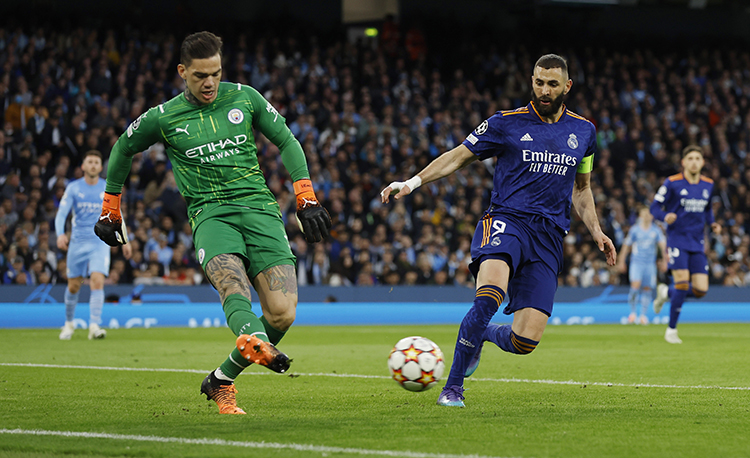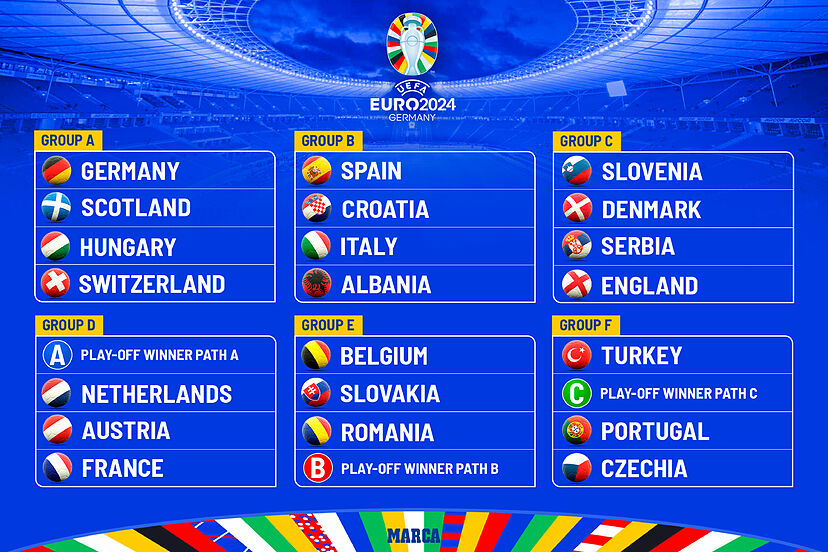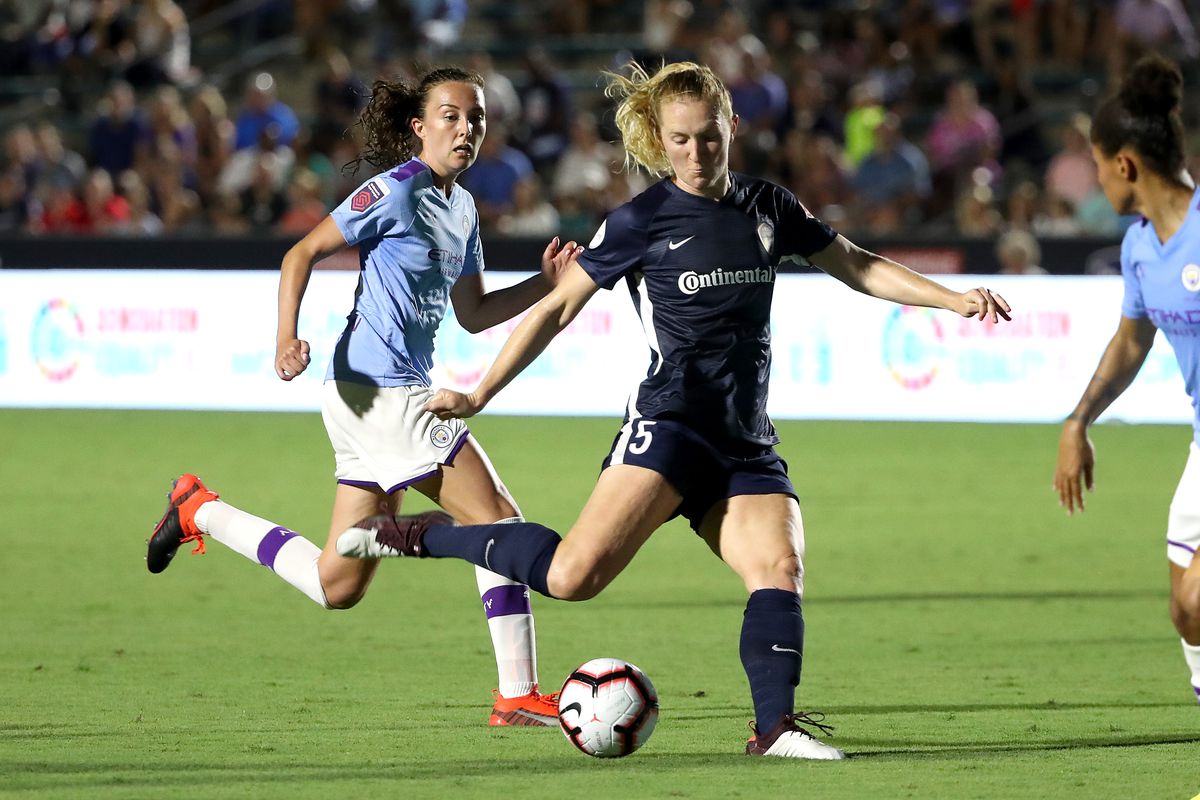In the dynamic world of soccer, the positions of stopper and sweeper play pivotal roles in shaping a team’s defensive strategy. Often overshadowed by the more glamorous attacking positions, these roles are fundamental in maintaining team structure and preventing scoring opportunities. This blog delves into the intricacies of the stopper and sweeper roles, highlighting their importance in modern soccer.
The Foundation of Defense: Difference between Stopper and Sweeper
While the roles of stopper and sweeper in soccer are central to a team’s defensive strategy, they differ significantly in function, positioning, and skill sets required. Understanding these differences is crucial for grasping how groups organize their defense and adapt to various tactical situations.
Also Read: https://megadportevents.com/best-centre-forward-in-the-world/
- Positioning and Primary Functions
Stopper: Positioned closer to the midfield, the stopper acts as the first line of defense against the opposing team’s advances. The primary function of a stopper is to interrupt the flow of the opposing team’s offensive plays, often through intercepting passes, engaging in tackles, and marking key opposing players. Stoppers are typically involved in aerial duels and are expected to be strong and assertive in their challenges.
Sweeper: The sweeper operates behind the main defensive line, often as the last outfield player before the goalkeeper. The sweeper’s role is more fluid and covers a broader area, focusing on ‘sweeping up’ any balls that breach the defense and covering spaces left by other defenders. This position requires excellent anticipation, agility, and the ability to read the game, allowing the sweeper to react effectively to threats and initiate counter-attacks.
- Skill Sets and Attributes
Stopper: Stoppers need to be physically robust, able to engage in physical duels, and come out on top. They must possess excellent tackling skills, spatial awareness to mark opponents effectively, and the ability to clear the ball under pressure. A stopper’s game is characterized by aggression, strength, and a proactive approach to disrupting the opponent’s attacking plays.
Sweeper: Sweepers must excel in spatial awareness and possess a high level of technical skill, particularly in ball control and passing. They should be able to anticipate the opponent’s moves, making crucial interceptions and clearances. A sweeper’s role demands composure under pressure, the ability to organize the defense, and the vision to initiate plays from the back.
Also Read: https://megadportevents.com/role-of-number-10-in-football/
- Tactical Flexibility
Using a stopper and sweeper gives a team tactical flexibility, allowing for a dynamic response to various game situations. The stopper’s aggressive approach to defense can force the opposition to alter their attacking strategy, while the sweeper’s oversight and composure ensure that the team remains organized and capable of swiftly transitioning from defense to attack.
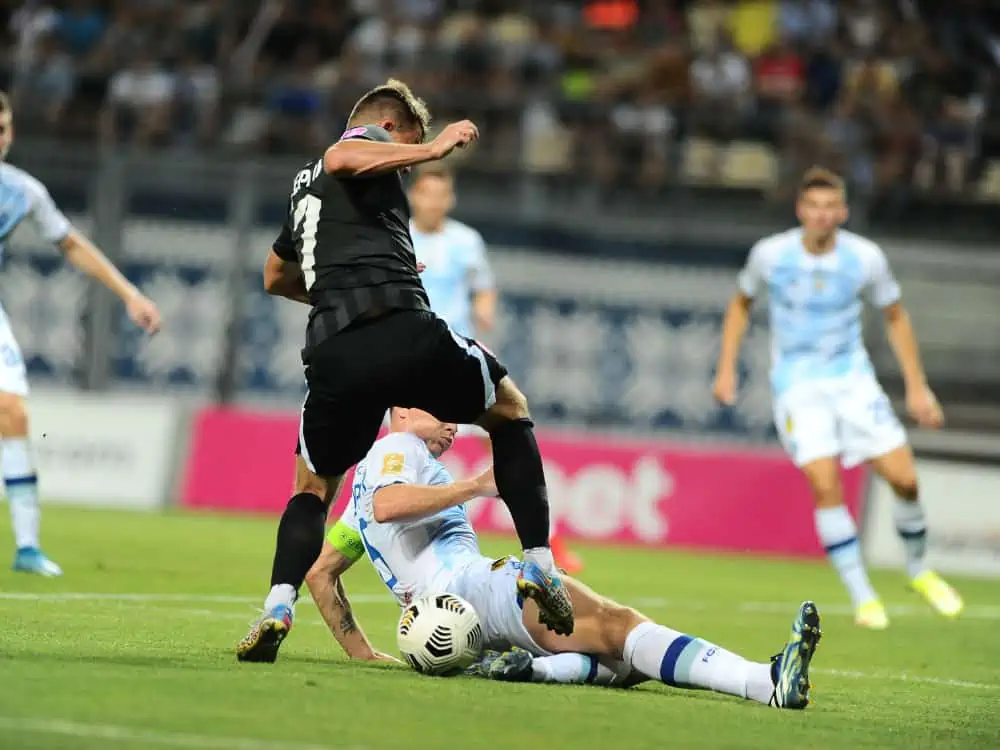
Evolution and Adaptation in Modern Soccer
The roles of stopper and sweeper in soccer have evolved significantly with the changing dynamics of the game. In contemporary soccer, the distinction between these roles has become less pronounced, with many teams adopting a more fluid defensive structure. However, the essence of the stopper and sweeper functions persists, especially in groups that employ a more traditional or defensive approach.
Modern soccer has seen the stopper role being integrated into a central or defensive midfield position, where the player is involved in both breaking up opposition attacks and building up play from the back. This evolution reflects modern defenders’ increasing emphasis on versatility and ball-playing ability.
While less common in its traditional form, the sweeper role has influenced the development of the ball-playing central defender and the goalkeeper who actively participates in play. The principles of spatial awareness and defensive oversight inherent to the sweeper role are now expected of all central defenders and goalkeepers in high-level soccer.
Also Read: https://megadportevents.com/average-corner-kicks-in-a-soccer-game/
The Stopper and Sweeper in Soccer: A Strategic Advantage
Teams that effectively utilize the stopper and sweeper roles often have a strategic advantage, particularly against opponents that rely heavily on forward momentum and penetrating attacks. By disrupting the game’s rhythm and controlling the space in front of their own goal, these teams can exert psychological pressure on opponents, forcing errors and creating opportunities to seize control of the match.
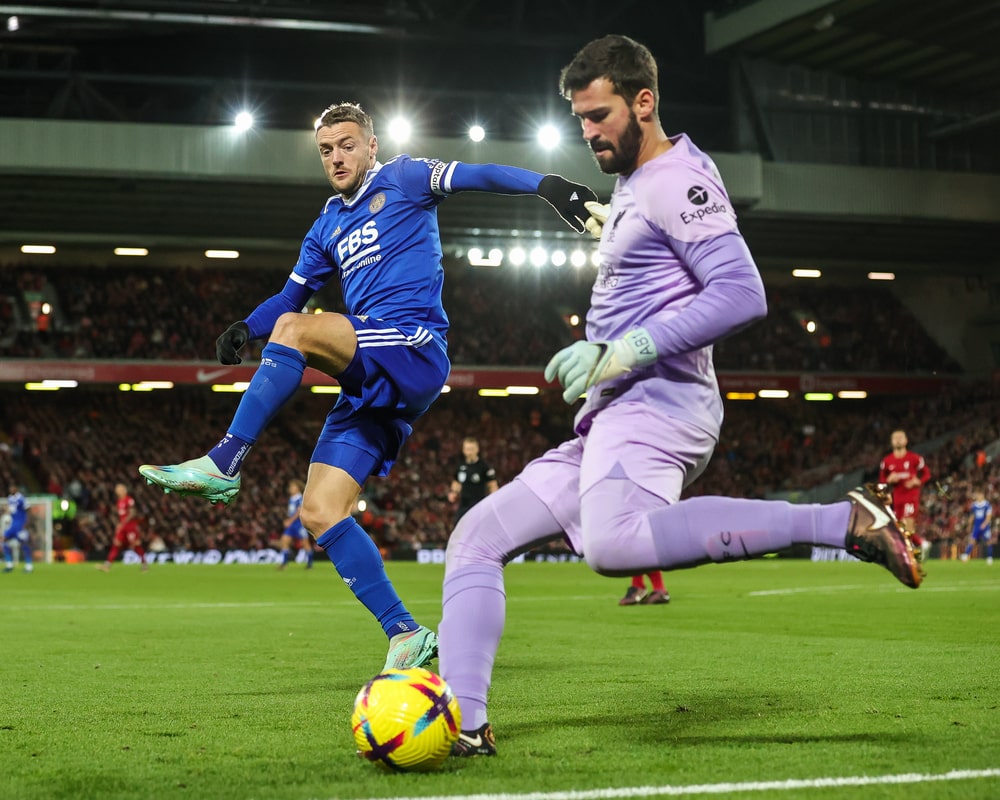
Conclusion: The Enduring Relevance of Stopper and Sweeper in Soccer
Despite the evolution of soccer tactics and the blurring of traditional roles, the concepts of the stopper and sweeper remain relevant in shaping defensive strategies. These roles, emphasizing disruption, coverage, and tactical awareness, influence how teams organize their defense and transition into attack.
The stopper and sweeper in soccer serve complementary yet distinctly different roles within a team’s defensive framework. The stopper is the bulwark against direct threats, using physicality and tactical disruption to break up plays. At the same time, the sweeper offers a safeguard against breaches in the defense, using intelligence and technical skills to maintain team structure. Together, they form a cohesive unit that can adapt and neutralize various offensive strategies, underscoring their enduring relevance in soccer’s tactical landscape.
In the ever-evolving landscape of soccer, understanding and integrating the roles of stopper and sweeper can provide teams with a competitive edge, making these positions as crucial to a team’s success as any other on the pitch.

